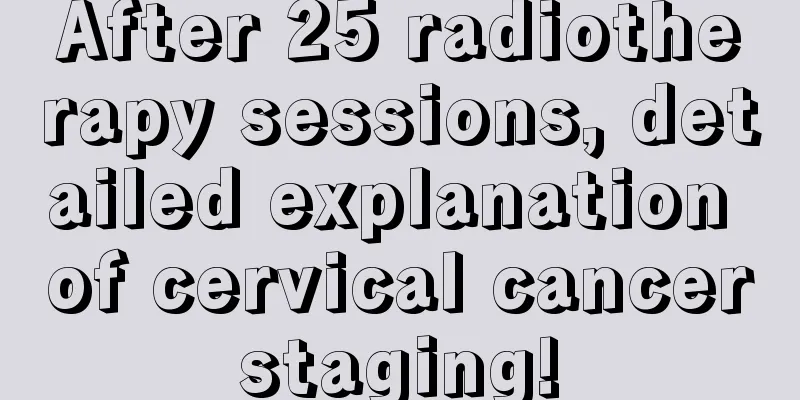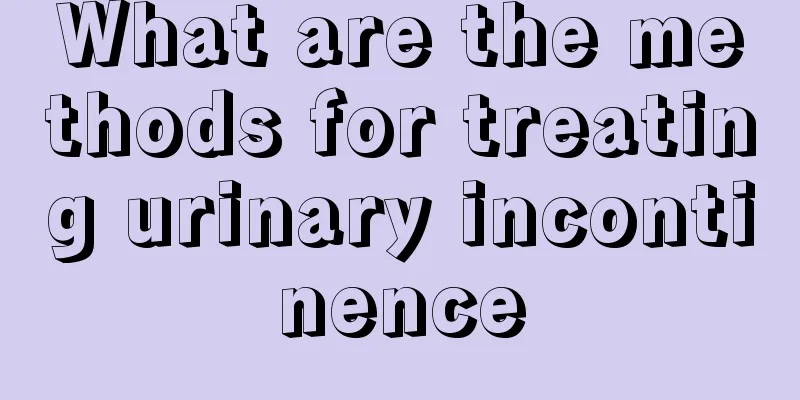Do esophageal polyps need to be removed?

|
Esophageal polypectomy is actually a better surgical treatment method, but these operations are performed only when it is confirmed that the patient with esophageal polyps has no contraindications to surgery. Because some people are not suitable for surgery, once surgery is performed, massive bleeding in blood vessels may occur. Therefore, the treatment plan for some conditions must also be decided based on the patient's actual situation, and more attention should be paid to care and recovery after the operation. 1. Treatment 1. Patients with confirmed esophageal polyps should undergo surgical resection if there are no contraindications to surgery. According to recent literature reports, about 1/3 of cervical esophageal polyps can be removed with a snare under direct vision through an esophagoscopy, and the polyp pedicle can be electrocoagulated to stop bleeding, or the polyp pedicle can be electrocauterized through an esophagoscopy and then completely removed. Patle et al. (1984) believed that the pedicle of esophageal polyps contains large nutrient arteries, and it is not suitable to remove such polyps by endoscopy. Once the pedicle blood vessels bleed severely after removal, electrocoagulation should be used to control the bleeding. 2. For polyps occurring in the upper or middle esophagus, the esophagus with the polyp can be exposed through a cervical incision or a thoracotomy incision according to the specific location of the polyp. The esophageal cavity can then be cut open and the polyp can be completely removed from the polyp pedicle. The pedicle can be properly hemostatically tied or sutured, and then the incision in the esophageal wall can be sutured. 3. Many people believe that if the diameter of an esophageal polyp is less than 2 cm, it can be removed with a snare through a cervical endoscope; if the length of the polyp is greater than 8 cm or the polyp is oval, a neck incision must be made to open the cervical esophageal cavity and then the polyp must be removed. Because the pedicles of most esophageal polyps are located in the cervical esophagus, the polyp and its pedicle can be removed at the same time through a neck incision. The patient's dysphagia can be completely relieved after surgery. (II) Prognosis The treatment effect of esophageal polyps is satisfactory, the prognosis is good, there are no reported cases of surgical death, and postoperative polyp recurrence is rare. Duke reported a case of a 46-year-old male who underwent endoscopic removal of a cervical esophageal polyp. Seven years later, a pathological biopsy confirmed the polyp to be an esophageal liposarcoma. |
<<: Are vocal cord polyps serious?
>>: What are the benefits of fruit persimmon
Recommend
Is stage 2 nasopharyngeal carcinoma considered advanced?
Is stage 2 nasopharyngeal carcinoma considered ad...
What is porcelain teeth?
Many people get tooth decay because they often ea...
It turns out that work procrastination can be overcome in this way
Work procrastination is a common problem among ma...
How to treat stomach acid? A variety of methods to effectively relieve stomach acid
Many people have bad stomachs and stomach problem...
Is prostate cancer contagious?
Prostate cancer is not contagious. The disease is...
Which hospital is better for treating endometrial cancer
How to choose the best hospital for endometrial c...
How to make spare ribs tender quickly
Spare ribs are a common food that is basically lo...
Solar water heater cleaning
Solar water heaters are a common type of water he...
What causes hamartoma on the kidney?
Renal hamartoma is a benign tumor mainly composed...
Is cadmium harmful to human body?
Cadmium is an element like zinc that exists in na...
What should I do if I have a stuffy nose, sore throat, cough and yellow phlegm?
Nasal congestion, sore throat, cough, accompanied...
What to do if you get constipated after staying up late
In fact, staying up late has many harmful effects...
Is lung cancer contagious? What should lung cancer patients pay attention to in their diet?
Lung cancer is a very serious disease. It goes wi...
What to do if lymph node tuberculosis recurs? It is caused by these reasons
The inability of surgery to completely remove loc...
How to speed up the reduction of edema in kidney disease?
Most of the body is made up of water, so people a...









